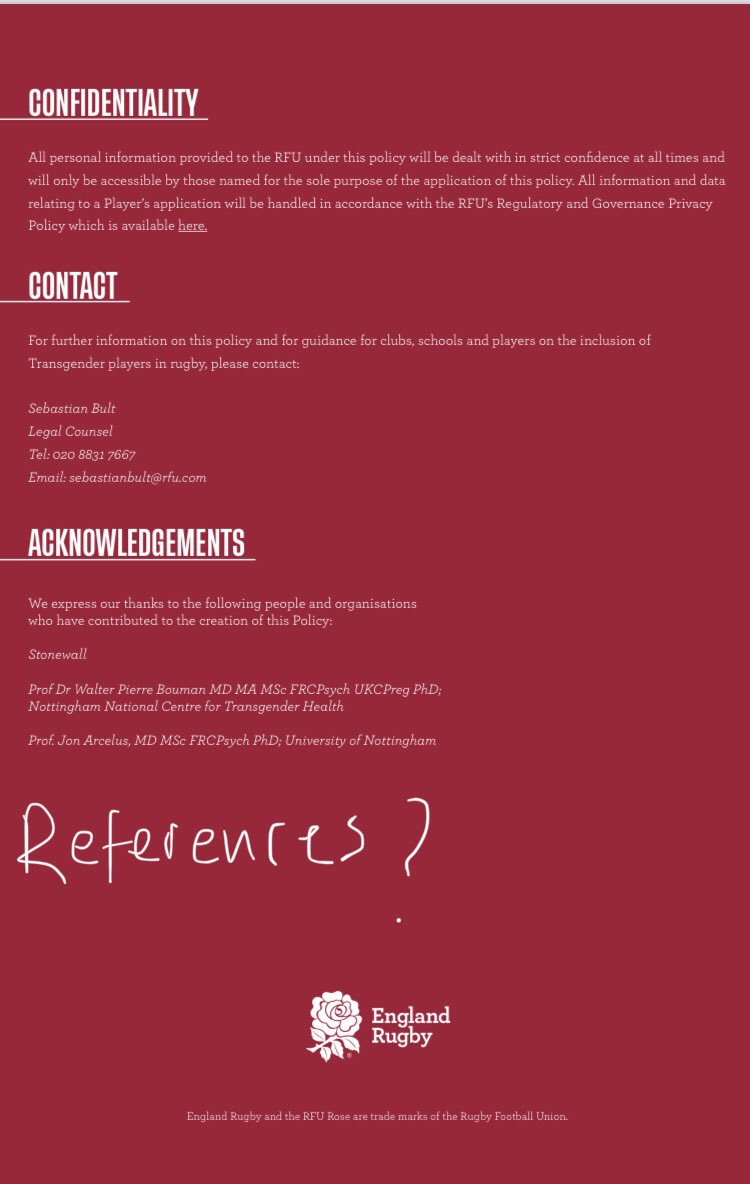
@PeterTatchell Let’s go with the evidence.
Males who suppress T and do no exercise lose about 5% mass/strength in the first couple of years.
Males who suppress T and exercise mitigate loss and often make significant gains in mass/strength.
Small males are stronger than far larger females.
Males who suppress T and do no exercise lose about 5% mass/strength in the first couple of years.
Males who suppress T and exercise mitigate loss and often make significant gains in mass/strength.
Small males are stronger than far larger females.
@PeterTatchell Among elite rugby players at all postions, the slowest males are only a little slower than the fastest females. The weakest males are stronger than the strongest females.
@PeterTatchell If rugby is a game for players of all sizes, strengths and speeds, do you think that the mixed England lineup would contain about 50% females?
No you don’t.
Nobody does.
Because while rugby might accommodate different physicalities, it appears to be limited *within sex*.
No you don’t.
Nobody does.
Because while rugby might accommodate different physicalities, it appears to be limited *within sex*.
@PeterTatchell The NBA is an open league.
All your tall women who can jump much higher than us shorties - see many of them playing for the Lakers?
Why not? There’s no barrier to them joining.
Except the fact that they have female bodies.
All your tall women who can jump much higher than us shorties - see many of them playing for the Lakers?
Why not? There’s no barrier to them joining.
Except the fact that they have female bodies.
@PeterTatchell So, are you arguing for the abolition of sex-segregated sports, or are you able to understand what the evidence shows?
That females can’t compete with males. Simple fact of life.
So we got our own sports.
That females can’t compete with males. Simple fact of life.
So we got our own sports.
@PeterTatchell You think a petite transwoman who broadly fits ‘female performance levels’ should be included.
Why not any male with the same performance levels? Why not males with naturally low T?
Why not any male with the same performance levels? Why not males with naturally low T?
@PeterTatchell See, you don’t actually want to remove sex segregation in sports, you want the female category to exist but to include not just females but also those with ‘female identity’.
The category was constructed around female bodies, not gender identities.
The category was constructed around female bodies, not gender identities.
@PeterTatchell Do you have evidence that male-typical capacity, acquired at puberty, conferred for the most part by favourable skeletal structure/levers and muscle mass/strength that can, for example, create, though the shoulder, 2.4X more power than found in females, is lost in transwomen?
@PeterTatchell You don’t, because not only does that evidence not exist, the evidence that *does* exist - 11 longitudinal studies covering hundreds of transwomen - shows minimal loss of mass/strength, and nowhere near enough loss to close the cavernous gap to equivalently-fit females.
@PeterTatchell The idea that the one thing the female body *does* excel at - quicker recovery time - can thus provide females with an overall advantage in a sport like rugby is laughable.
@PeterTatchell Also, ‘goal’. 🤦♀️
@PeterTatchell . @jongaunt
Well done. Thank you.
(I have family links to Blue Coats)
@RT_Newsdesk Just in case.
Well done. Thank you.
(I have family links to Blue Coats)
@RT_Newsdesk Just in case.
• • •
Missing some Tweet in this thread? You can try to
force a refresh





